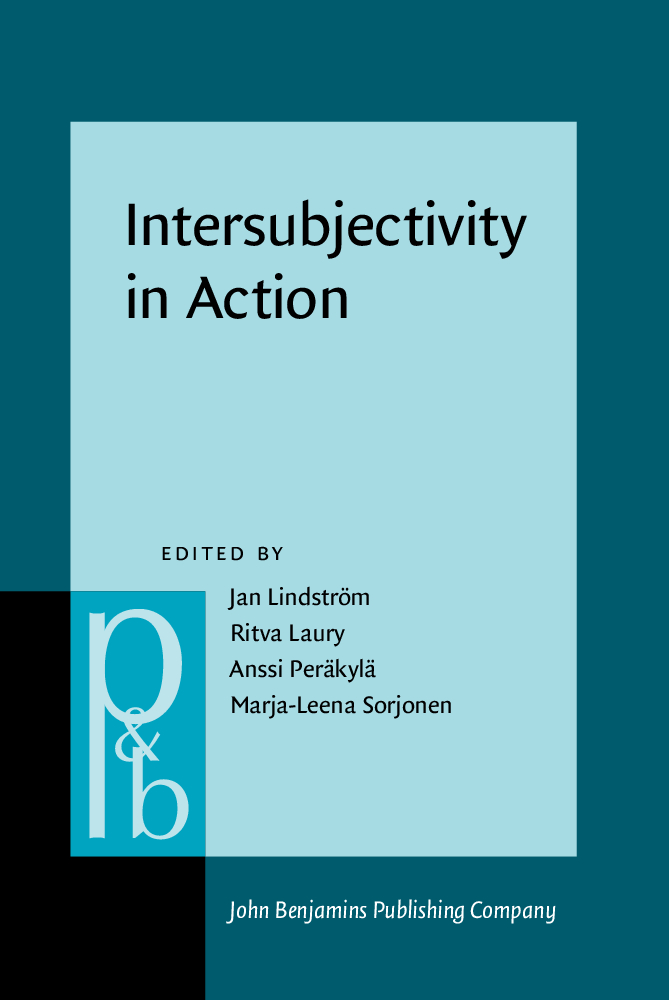

Intersubjectivity in Action
Studies in language and social interaction
Jan Lindstrm , Ritva Laury , Anssi Perkyl & Marja-Leena Sorjonen
doi: 10.1075/pbns.326
ISBN: 978 90 272 5903 5 (ebook)
Cataloging-in-Publication Data available from Library of Congress:
LCCN 2021028773
2021 John Benjamins Publishing Company
John Benjamins Publishing Company https://benjamins.com
Intersubjectivity in action An introduction
Marja-Leena Sorjonen , Anssi Perkyl , Ritva Laury & Jan Lindstrm University of Helsinki
Intersubjectivity is a complex concept, and some central approaches to it have been discussed in areas of, for example, philosophy (based on e.g. early work by ). In the realm of the interactional approach that the chapters in this volume represent we can initially note the following. Intersubjectivity is a precondition for all human life: for social organization as well as for individual development and well-being. A primordial site for its creation and maintenance is human interaction.
By focusing on the creation and maintenance of intersubjectivity, the authors of this book approach the topic from the perspectives of turn and action design, action attribution, challenges in achieving shared understanding, embodied practices in meaning-making and synchronized participant conduct, as well as developmental aspects of intersubjectivity. The core theoretical and methodological framework is Conversation Analysis, combined with methods of interactional linguistics and multimodal interaction analysis as well as the study of gesture and psychophysiology. This research promotes an understanding that intersubjectivity involves joint understanding and sharing of experience between humans (see e.g. ). Intersubjectivity in interaction requires referential common ground, shared understanding of the meaning of linguistic forms, shared understanding of actions and sequences of action and shared understanding of the expression of emotion in sequences of action.
In linguistics, intersubjectivity in the sense of orientation to the others mental state was already central for early information flow theorists in the 1970s (e.g. ).
The organization of verbal and embodied actions in interaction is seen in conversation analytic research as built so that each next action is produced and understood in relation to the previous one ( who propose that the basic practices of social interaction involve a process of mutual reading of the mental states of the co-interactants.
The authors in this volume explore the achievement and maintenance of intersubjectivity in social interaction in a range of different situations and in a variety of languages. The studies thus set out to further our understanding of intersubjectivity in the formation of actions and sequences of action, in the on-line deployment of verbal and nonverbal resources for action projection and attribution, and in the expression and recognition of emotion as embedded in social interaction. While the core methodology of the studies is Conversation Analysis, the volume highlights the advantages of using several methods to tackle specific phenomena. Several chapters demonstrate the relevance of CA methods, methods of multimodal analyses and methods of detailing the verbal resources with concepts and methods of linguistics. Furthermore, qualitative methods of CA are combined with quantitative movement synchrony research and with methods of psychophysiology. The languages covered in the chapters include Arabic, Brazilian Portuguese, English, Finnish, French, German, and Swedish, some of these in multilingual discourse. Through short overviews of the parts and chapters of the volume, we will in the following highlight and bring together its main conceptual, empirical and methodological contributions.
How language codes and creates intersubjectivity
This first part of the present volume consists of six chapters that deal with verbal resources in the construction of intersubjectivity. While it is clear that participants enter interaction with some assumptions of shared understandings regarding the meaning and situational use of linguistic forms and how they are used to implement social actions, it is important to note that such understandings are not stable, are always disputed, contingent, and emergent in and in fact created and continuously reshaped by interaction (e.g. ) from a conversation between a home care helper (H) and her elderly client (C).
Excerpt 1.
Red mat in front of the bathtub (adapted from A. :20)
01 H: vnta ska vi f handduken [(fr den-)wait lets get the towel (cause it-)02 C: [sn- senplea- and then03 om du ville dra: den dr rda mattan (0.2) [hit.if you would put that red mat (0.2) here.04 H: [ja:yes05 [(ska ja gr-)(will do-)06 C: [s gr (.) lttare fr me:j =(then) its (.) easier for me to=07 H: = kliva u:r,=to climb out,08 C: stiga opp,to step up,
In line 3, the client asks the home care helper to move a mat in front of the bathtub using an om-clause (a conditional protasis, as it were). The clause has a falling intonation contour, indicating a potential turn closure. The home care helper responds in the affirmative in lines 45, showing that she treats the conditional clause as a request, and is not waiting for a main clause to follow. In overlap, the client then initiates an account in line 6. This account is not semantically necessary, and it could also be interpreted as a main clause to the clients om clause in line 3. In any case, it serves as an expression and motivation for the clients need for help. This shows that the use of conditional om clauses as freestanding requests without any main clauses is contingent, emergent, and negotiated as interaction proceeds.
Expressions such as insubordinate if clauses also show that there are frequent mismatches between particular lexico-grammatical formats and the way they are used to accomplish actions in conversation. Consider ) from a phone conversation between two sisters. Emma lives in Los Angeles and Lottie has a vacation rental by the beach south of there in Newport Beach. Both sisters are in Newport Beach at the time of the call.
Excerpt 2.
Stay down (adapted from :103)
5 LOT: its beautiful: day I [ bet ] youve had a lot of smo::g=6 EMM: [yah- ]7 LOT: =up there havent you.8 EMM: oh::: Lo:ttie,hh (.) You dont kno::w,9 LOT: I kno[:w.10 EMM: [go:::d it[s been ]11 LOT: [why dont] you stay dow::n.12 EMM: .hh (0.2) Oh::: *I d*oh it. I: should st*ay d*o:wn. hhhhhhh13 (.)14 LOT: Je:sus I: wu< with a:ll that s:mo:g u[p there]15 EMM: [ mye:a:]:h,16 EMM: *I r*eally should st*ay d*own. lets see this is the end of17 the (0.8) .t (0.4) w*e:ll maybe,h Id say ne:xt week=
At Lotties prompting, in line 8, Emma starts to complain about the smog in Los Angeles. In line 11, Lottie makes a suggestion, using the why dont you formula, that Emma stay at the beach. In line 12 and again in 16, Emma appears to accept the suggestion. Note that she does not respond by giving reasons why she would not stay down at Newport Beach. Uses such as these show that utterances are not cobbled together from a pre-existing, stable grammar and lexicon, but rather consist largely of formulas conventionalized through usage in particular contexts and used to accomplish particular kinds of social actions that are recognizable to the speakers.





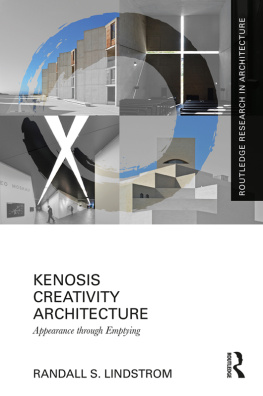
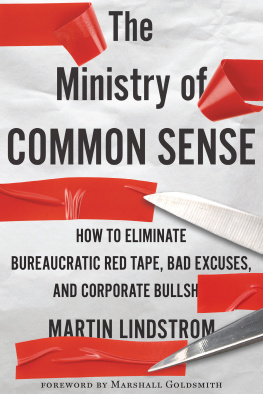
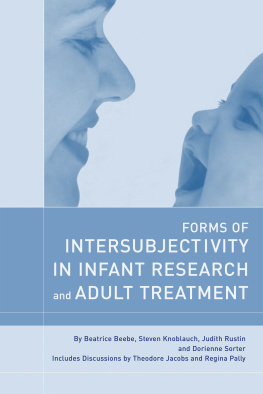
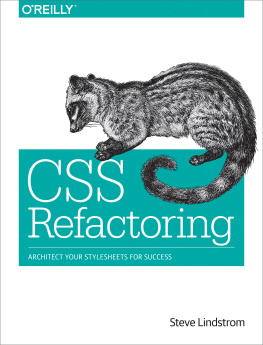
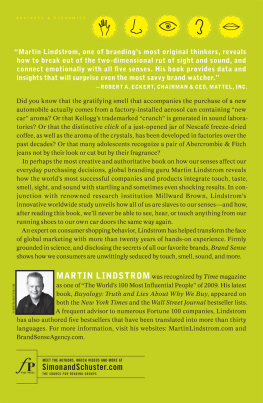

![Steve Lindstrom [Steve Lindstrom] - CSS Refactoring: Tune Your Style Sheets for Performance](/uploads/posts/book/119143/thumbs/steve-lindstrom-steve-lindstrom-css.jpg)